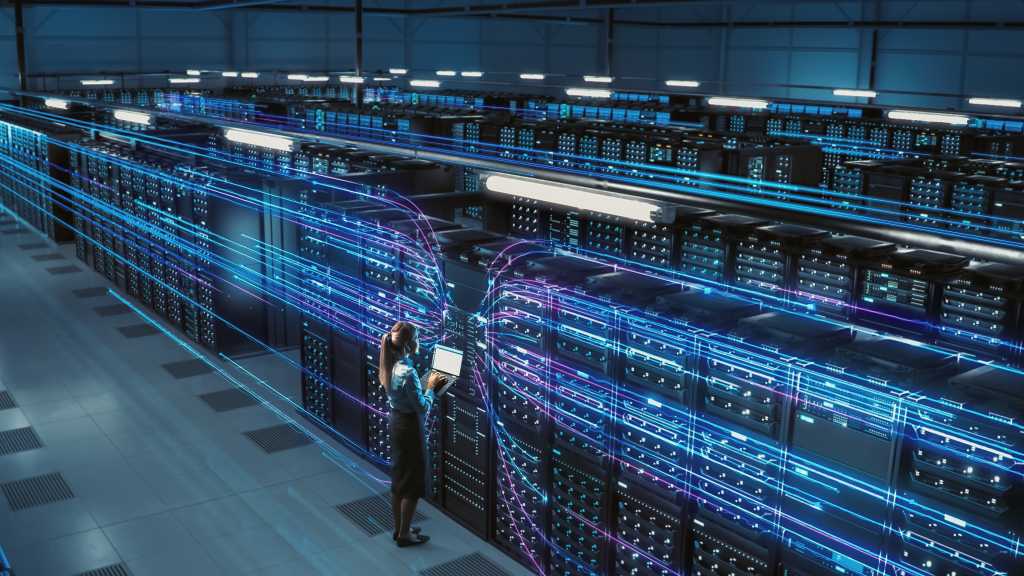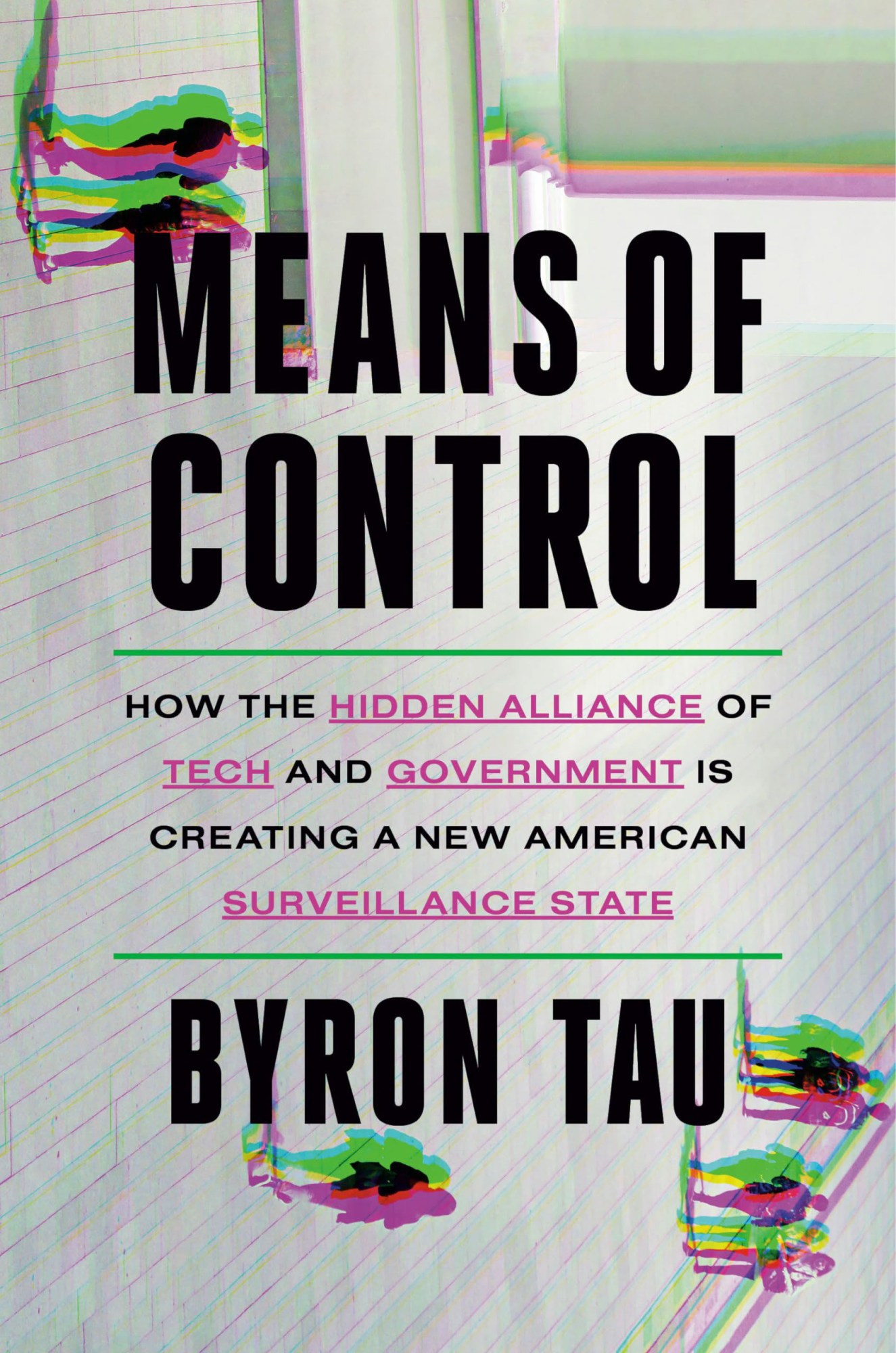
Petroliam Nasional Berhad (Petronas) has formed a strategic partnership with Beicip-Franlab, a leading geoscience and reservoir technology company, and AFED Digital, a specialist in advanced AI and digital solutions.
Also, through Malaysia Petroleum Management (MPM), it formalized MOUs with Amazon Web Services, SLB, Halliburton, Microsoft, Accenture, Iraya Energies, Rystad Energy Advisory Asia Pacific, and S&P Global Commodity Insights, Petronas said in a media release.
Petronas said its partnership with Beicip-Franlab and AFED Digital includes a Joint Development Agreement (JDA) with TriCripta AI, a venture aimed at accelerating hydrocarbon discovery, reducing uncertainties, and maximizing recovery sustainably across Petronas Carigali’s operations.
Petronas said the partnership will start by providing high-impact and practical AI solutions to tackle key challenges in exploration, development, and production.
“This partnership reflects Petronas’ firm commitment to collaborate for a future-ready Upstream digital and technology ecosystem. By integrating advanced AI and data-driven solutions across the value chain, Petronas is reinforcing our position as a resilient and adaptive upstream player”, Mohd Jukris Abdul Wahab, Petronas Executive Vice President and Chief Executive Officer of Upstream, said.
The MOUs meanwhile aim to speed up investor decision-making through technologies that harness agentic artificial intelligence and high-performance computing.
“At Petronas, we believe that by embracing digital intelligence and strategic partnerships, we are enhancing Malaysia’s exploration and production competitiveness, creating an investment environment anchored on pace, data reliability, and transparency. We are elevating our web-based exploration and production data platform, Petronas myPROdata to support future Malaysia Bid Rounds”, Bacho Pilong, Senior Vice President of MPM, said.
“These partnerships are also about reshaping the way we work, unlocking new value through technology, enabling better investment decisions, and strengthening Malaysia’s appeal to global energy players”, Bacho Pilong added.
To contact the author, email [email protected]
What do you think? We’d love to hear from you, join the conversation on the
Rigzone Energy Network.
The Rigzone Energy Network is a new social experience created for you and all energy professionals to Speak Up about our industry, share knowledge, connect with peers and industry insiders and engage in a professional community that will empower your career in energy.
MORE FROM THIS AUTHOR





















